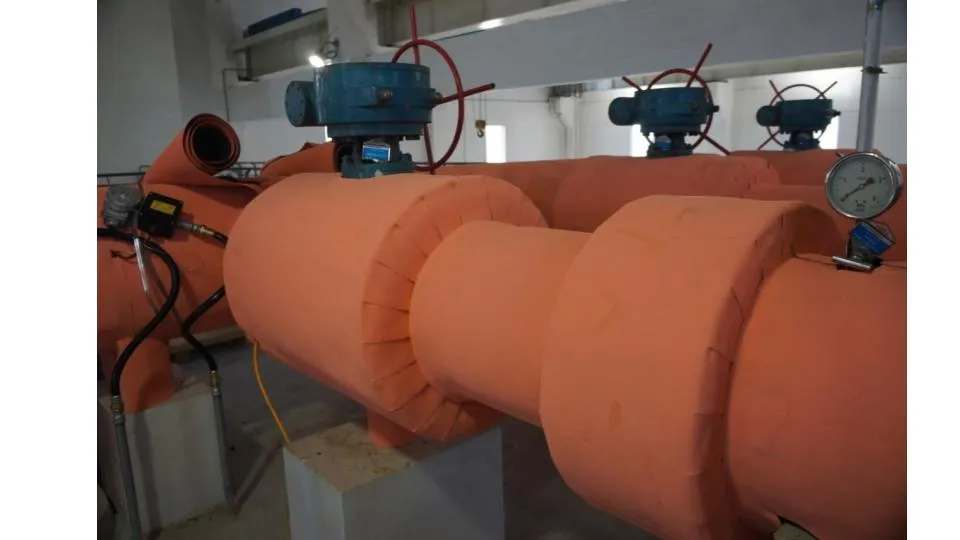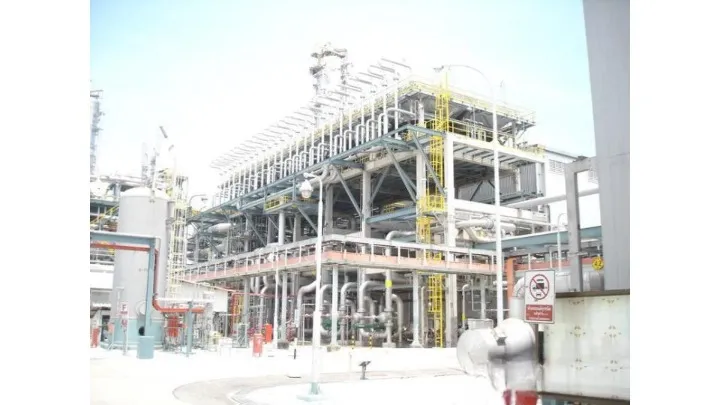The oil and gas industry is known for its complex operations and inherent risks. Ensuring the safety of workers, equipment, and the environment is paramount in this sector. This blog post will explore the top safety measures implemented in the oil and gas industry and highlight the crucial role that thermal insulation plays in maintaining safety standards.
Understanding the Risks
Before delving into safety measures, it’s essential to recognize the potential hazards in the oil and gas industry:
- Fire and explosions
- Toxic gas releases
- Equipment failures
- Falls and physical injuries
- Environmental contamination
These risks underscore the need for comprehensive safety protocols and advanced technologies to mitigate potential dangers.

Overcoming common challenges in construction project delivery
1. Comprehensive Risk Assessment and Management
Effective safety management begins with thorough risk assessment. Oil and gas companies conduct regular evaluations to identify potential hazards and implement strategies to mitigate them. This process involves:
- Hazard identification
- Risk analysis
- Implementation of control measures
- Continuous monitoring and review
By systematically assessing risks, companies can prioritize safety initiatives and allocate resources effectively.
2. Advanced Process Safety Management (PSM)
PSM is a holistic approach to managing the integrity of operating systems and processes that handle hazardous substances. Key elements include:
- Process hazard analysis
- Operating procedures
- Employee training
- Mechanical integrity
- Management of change
- Incident investigation
Implementing a robust PSM system helps prevent releases of hazardous materials and protects both workers and the environment.
3. Personal Protective Equipment (PPE)
Proper PPE is crucial for worker safety in the oil and gas industry. This includes:
- Flame-resistant clothing
- Safety goggles and face shields
- Hard hats
- Steel-toed boots
- Respiratory protection
- Hearing protection
Ensuring that workers have access to and properly use appropriate PPE is fundamental to preventing injuries and exposure to hazardous materials.
4. Emergency Response Planning
Well-developed emergency response plans are critical for minimizing the impact of incidents. These plans typically include:
- Evacuation procedures
- Emergency shutdown protocols
- Communication systems
- First aid and medical response
- Spill containment and cleanup procedures
Regular drills and simulations help ensure that all personnel are prepared to act swiftly and effectively in case of an emergency.
5. Advanced Monitoring and Control Systems
Modern oil and gas facilities utilize sophisticated monitoring and control systems to detect and respond to potential hazards. These include:
- Gas detection systems
- Pressure and temperature sensors
- Automated shutdown systems
- Remote monitoring capabilities
These technologies provide real-time data and allow for rapid response to abnormal conditions, preventing many incidents before they occur.
6. Rigorous Maintenance Programs
Regular maintenance of equipment and infrastructure is crucial for preventing failures that could lead to accidents. This includes:
- Scheduled inspections
- Preventive maintenance
- Non-destructive testing
- Corrosion monitoring and control
By keeping equipment in optimal condition, companies can significantly reduce the risk of accidents caused by mechanical failures.
7. Safety Culture and Training
Fostering a strong safety culture is perhaps one of the most important safety measures. This involves:
- Regular safety meetings and toolbox talks
- Comprehensive training programs
- Encouraging reporting of near-misses and hazards
- Recognition and rewards for safe practices
When safety becomes ingrained in the company culture, employees at all levels become active participants in maintaining a safe work environment.
8. Compliance with Industry Standards and Regulations
Adhering to industry standards and government regulations is crucial. This includes compliance with:
- OSHA regulations
- API standards
- Environmental protection laws
- Local and national safety codes
Staying up-to-date with and exceeding these standards helps ensure that operations meet or surpass the minimum safety requirements.
The Role of Thermal Insulation in Oil and Gas Safety
Thermal insulation plays a critical role in maintaining safety in the oil and gas industry. Its importance cannot be overstated, as it contributes to several key safety aspects:
1. Temperature Control
One of the primary functions of thermal insulation is to maintain optimal temperatures in pipes, vessels, and equipment. This is crucial for:
- Preventing overheating of flammable materials
- Maintaining process efficiency
- Protecting workers from extreme temperatures
By effectively controlling temperature, thermal insulation helps prevent accidents related to thermal expansion, material degradation, and pressure buildup.
2. Fire Protection
High-quality thermal insulation materials often have fire-resistant properties, which can:
- Slow the spread of fire
- Protect critical equipment and structures
- Provide additional time for emergency response
In an industry where fire is a significant risk, the fire-retardant properties of thermal insulation can be lifesaving.
3. Prevention of Condensation and Corrosion
Proper insulation prevents condensation on cold surfaces, which is crucial for:
- Reducing slip hazards
- Preventing corrosion of metal surfaces
- Maintaining structural integrity of equipment and pipelines
By minimizing corrosion, thermal insulation helps prevent leaks and equipment failures that could lead to safety incidents.
4. Energy Efficiency and Environmental Protection
While not directly related to safety, the energy efficiency provided by thermal insulation contributes to environmental protection by:
- Reducing greenhouse gas emissions
- Minimizing heat loss in processes
- Lowering overall energy consumption
This indirectly enhances safety by reducing the environmental impact and associated risks of oil and gas operations.
Noise Reduction
Many thermal insulation materials also provide acoustic insulation, which is important for:
- Protecting workers’ hearing
- Improving communication in noisy environments
- Reducing stress and fatigue among workers
By creating a quieter work environment, acoustic insulation contributes to overall workplace safety and well-being.
Cryogenic Applications
In liquefied natural gas (LNG) facilities, specialized thermal insulation is crucial for:
- Maintaining extremely low temperatures
- Preventing brittle fracture of metal components
- Ensuring the safe handling and storage of cryogenic liquids
The use of appropriate insulation in cryogenic applications is critical for preventing catastrophic failures and leaks.
Choosing the Right Thermal Insulation
Selecting the appropriate thermal insulation is crucial for maximizing safety benefits. Factors to consider include:
- Temperature range of the application
- Fire resistance requirements
- Chemical compatibility
- Durability and longevity
- Ease of installation and maintenance
Expert companies like ASA Thermacoustic specialize in thermal and acoustic insulation engineering works, providing tailored solutions that meet the specific safety needs of oil and gas operations.
Conclusion
Safety in the oil and gas industry is a multifaceted challenge that requires a comprehensive approach. From rigorous risk assessments and advanced monitoring systems to the cultivation of a strong safety culture, every aspect plays a vital role in protecting workers, assets, and the environment.
Thermal insulation, often overlooked, emerges as a critical component in this safety ecosystem. Its contributions to temperature control, fire protection, corrosion prevention, and overall process efficiency make it an indispensable element in modern oil and gas operations.
As the industry continues to evolve and face new challenges, the importance of partnering with experts in thermal and acoustic insulation engineering, such as ASA Thermacoustic, becomes increasingly apparent. Their specialized knowledge and experience can provide innovative solutions that not only meet current safety standards but also anticipate future needs.
By prioritizing safety measures and investing in high-quality thermal insulation, the oil and gas industry can continue to improve its safety record, protect its workforce, and operate more sustainably in an increasingly scrutinized global environment.


